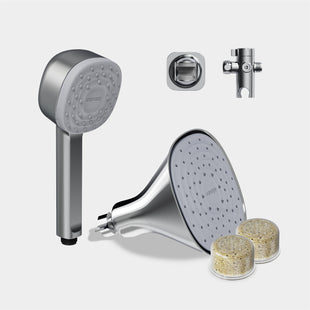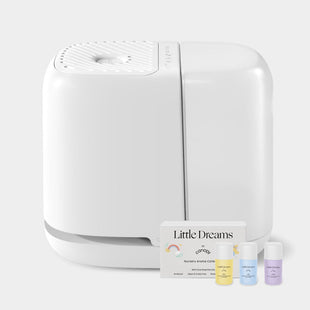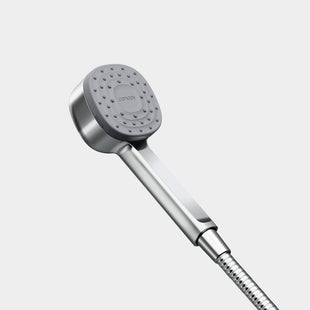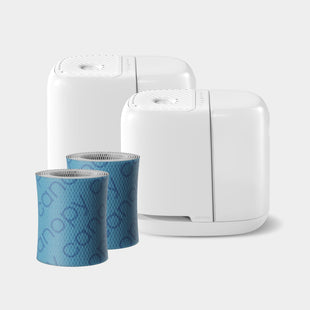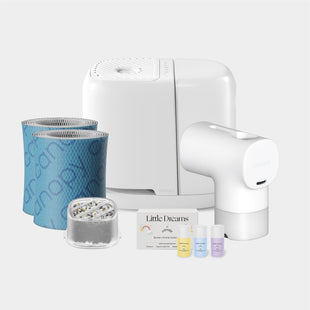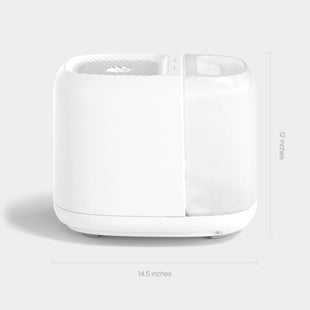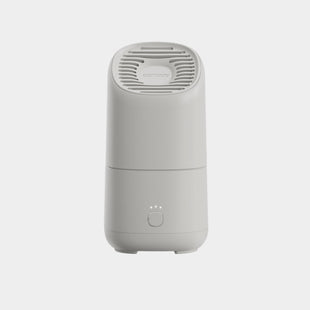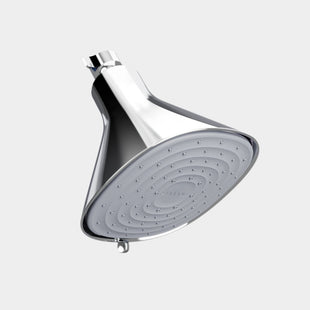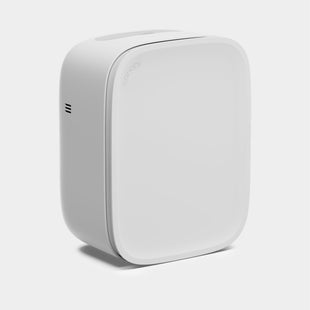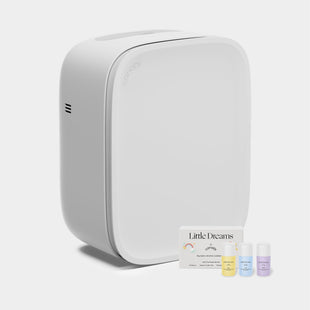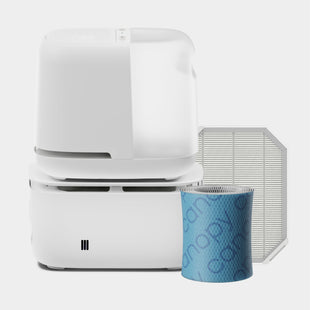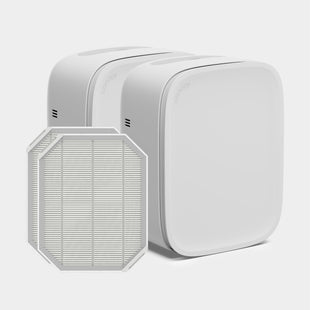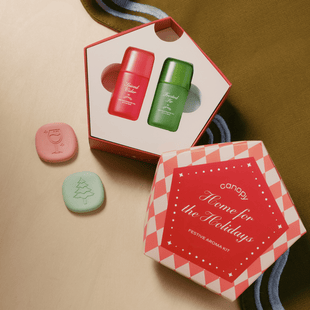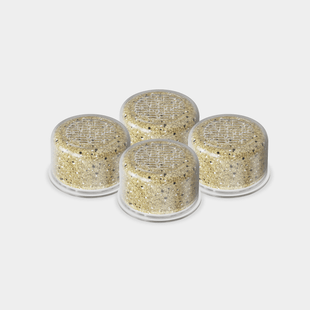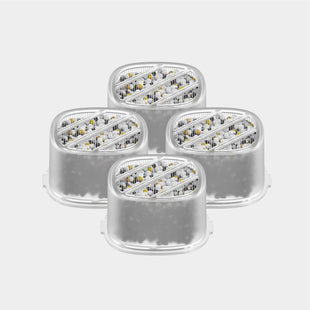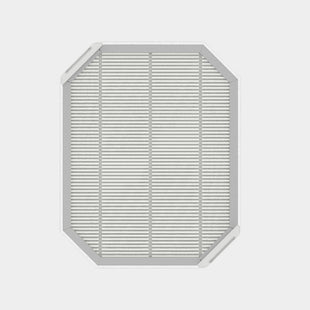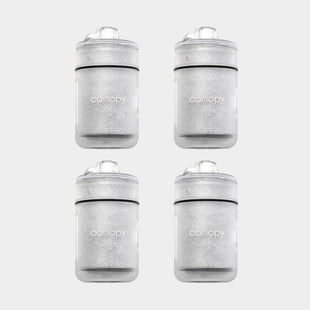This content has been reviewed and updated on April 21, 2023.
There are numerous contributors to the frequency of allergy flare-ups, including air quality. Breathing in certain substances can cause the immune system to go into overdrive to fight what it deems to be a dangerous attack by a foreign invader. In addition to taking antihistamines, running a humidifier could also relieve allergy symptoms. If anyone in your household experiences seasonal allergies, now is the perfect opportunity to understand why these symptoms happen and how you can help make them better.
What Causes Allergies?
Why do some people have allergies while others do not? Genes are a major contributing factor, as hereditary predisposition makes certain people highly sensitive to exposure to foreign particles that are harmless to other individuals.
If one parent has allergies, for instance, the odds their offspring will develop an allergy is 50%—but they might not be allergic to the same things. The odds jump to 75% when both parents have allergies. Having a sibling with allergies doesn’t reduce the risk, either. The sensitivity to a foreign particle can develop during any stage of life.
A Brief Look at Antibodies
If it feels like doing yard work and dusting always end with trouble breathing, those symptoms are due to antibodies. Think of these proteins as your immune system’s bodyguards. Their job is to protect you against viruses, parasites, fungi, or bacteria, warding off infections and other illnesses.
When you have an allergy, the immune system creates higher levels of Immunoglobulin E in response to exposure to a specific allergen. This antibody travels through lymphoid tissue and into the bloodstream to alert cells that a chemical response is necessary.
What Are the Common Types of Allergies?
An allergic reaction can take different forms, depending on the type and severity of the allergy. Generally speaking, there are five categories of allergens: animal, drug, food, insect, and plant. Animal and plant allergies are the most likely to produce basic respiratory symptoms, like sneezing, wheezing, and sinus congestion.
These allergens are common in many environments, especially if you have pets and enjoy spending time outdoors. Exposure to pollen, mold spores, pet dander, and dust mites can all trigger your family’s allergies.
When Is Allergy Season?
Many people spend the long, cold winter dreaming of spring and summer days outside, but if you have seasonal allergies, even a relaxing picnic in the park can be a challenge. The abundance of tree, flower, and grass pollen can lead to wheezing, sneezing, watery eyes, and itchy skin. Your symptoms might even fluctuate throughout the warm-weather months.
This fluctuation is what differentiates environmental allergies from seasonal allergies. The latter is triggered by a plant allergen and only during a particular season. Hay fever is a common seasonal allergy that is triggered by exposure to tree, weed, or grass pollen that becomes airborne.
When you will experience discomfort depends on which pollen you are allergic to. Exposure to tree pollen—specifically birch, poplar, and cedar—can trigger allergy flare-ups during spring. Grass pollen is widespread during summer, while fall is the peak season for ragweed allergies.
How Can a Humidifier Provide Allergy Relief?
If you have nasal congestion caused by allergies, a humidifier will come in handy. The device increases indoor humidity levels by pumping water vapor or steam into the air. Breathing in the moist air soothes inflamed throat and nasal passage tissues, which makes it easier to eliminate mucus buildup. Humid air can also prevent skin from becoming too dry, reducing the effects of allergic reactions and irritation from sneezing and blowing your nose.
It's important to keep your home’s humidity properly balanced. Excess moisture can allow for mold growth and increased dust mite activity, both of which trigger allergies. You might also find that dust and pet dander are more likely to stick to surfaces and clothing.

Based on season, indoor humidity levels should be between 30 and 50%. Maintaining sufficient environmental moisture can alleviate and help prevent skin dehydration, while dry air can trigger inflammation and irritation. A 2020 study published by the Annual Review of Virology revealed that sufficient humidity levels improve immune function and reduce survival rate of airborne pathogens.
What Humidifier Is Best for Allergies?
Warm vs. Cold Mist Humidifiers
Should you use a cold or warm humidifier for allergies? The hot steam from a warm mist humidifier helps ease inflammation and increase comfort, but it can also make rooms feel warm and damp over time. Additionally, these units produce heat while they’re running, so using one could be a safety hazard around pets and young children.
Cool mist humidifiers don’t produce heat, taking one safety risk off the table. These devices come in two types: ultrasonic and evaporative. Ultrasonic humidifiers vibrate at high frequencies to disperse moisture. Although they don’t produce hot steam, they still release water droplets that could cause other issues around the house.
Evaporative humidifiers use a filter to channel moisture and a fan to draw in air from the room and help it draw moisture from the filter. The result? Cool, refreshing air that adds hydration without creating excess humidity.
Why Choose Canopy?
Allergies don’t have to be a daily or seasonal annoyance. The original Canopy Humidifier is designed to hydrate up to 500 square feet of space, making it an ideal addition to a bedroom or home office. The compact device has a 2.5-liter tank with 36 hours of run time, so you can enjoy allergy relief day or night.
The Humidifier Plus features a 5.5-liter tank with 36 hours of runtime to increase humidity in up to 1,000 square feet.
Our no mist humidifiers for allergies have a mold-inhibiting* design inside the humidifier, feature dishwasher-safe parts and were engineered with proprietary Smart Persistent Airflow (SPA)™️ technology, which tells the unit to keep running until it’s completely dry. This means you can say goodbye to worries about mold and mildew.
The humidifiers also use built-in UV lights to kill 99.9% of bacteria and contaminants. We also use disposable paper filters to trap any lingering allergens before they enter your space.
*Mold inhibition limited to device interior. Does not treat air or environment. 3rd party lab-tested with Aspergillus niger (ATCC 6275, 16404).

